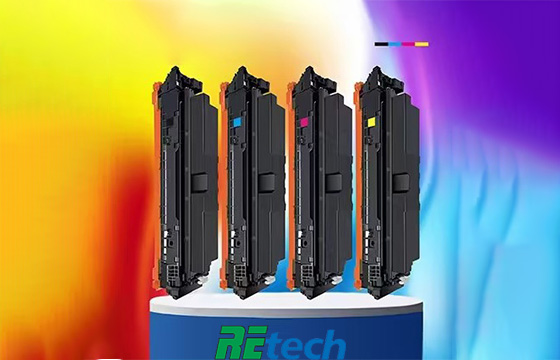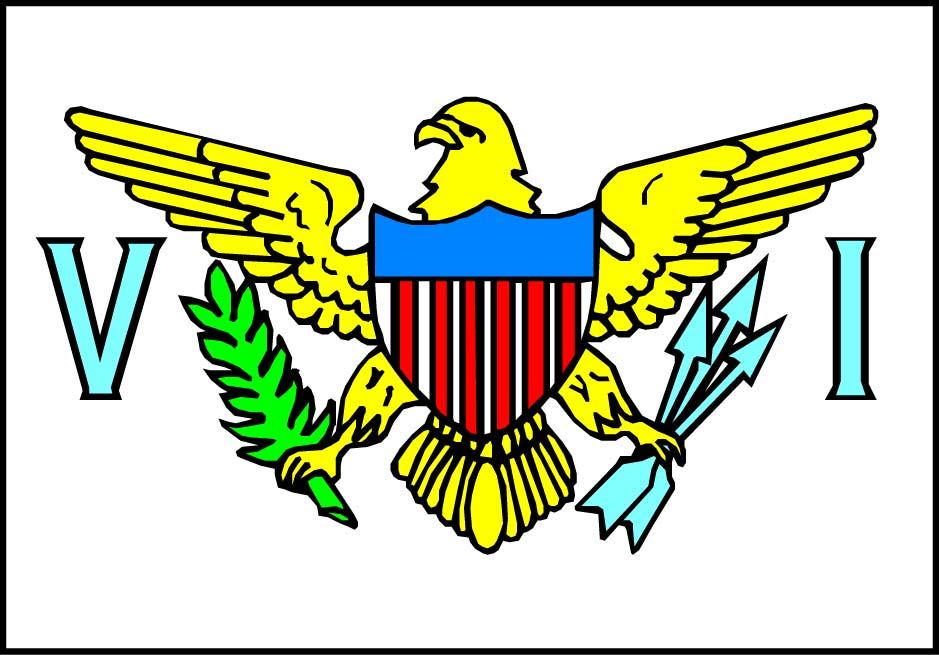The Copyright Registration Process

The Copyright Registration Process
Roland Tong, the Law Offices of Roland Tong
———————————————————————————————————
Section 106 of the 1976 Copyright Act generally gives copyright owners the right to reproduce their work, prepare derivative works, distribute copies for sale, and perform work publicly among other things.
A work that was created (fixed in tangible form for the first time) on or after January 1, 1978, is automatically protected from the moment of its creation and is ordinarily given a term lasting the author’s life plus an additional 70 years after the author’s death. However, copyright owners must register their work if they want to bring an infringement lawsuit in the United States.
An application for copyright registration contains three essential elements: (1) a completed application form; (2) a nonrefundable filing fee; and (3) a nonreturnable deposit (copies or copy of the work being registered and “deposited” with the Copyright Office).
The Copyright Office issues a registration certificate effective as of the date of registration. The date of registration assigned is the date the Copyright Office received all of the required elements in the acceptable form, regardless of the time to process the application and mail the certificate. The application’s processing time varies depending on the amount of material the Copyright Office receives and method of application.
An application to register a copyright can be done online or by paper. Online registration through the electronic Copyright Office (eCO) is the preferred method to register basic claims for literary works, visual art works, performing arts works, sound recordings, and single serials. Advantages include a lower filing fee ($35 for a single author who is also the sole claimant in a single work that is not made for hire, $55 for all other online filings), online status checking, and a faster processing time.
Paper applications can be used to register the same types of works as online registration. Further, certain applications must be completed on paper and mailed to the Copyright Office with the appropriate deposit and fee. Additional forms may be required as well, including Form CA (brief explanation of this form) and Form D-V (brief explanation of this form).
Copyright owners do not have to receive their registration certificate before publishing or producing their work or placing a copyright notice on their work. However, a certificate is necessary in order to file a copyright infringement lawsuit. Further, certain remedies such as statutory damages and attorney’s fees are only available for acts of infringement that occurred post registration.
(Source: Edition 74, Recycling Times Magazine (English))
You’re Welcome to Contact Us!
You can provide opinions and comments on this story!
Or you can send us your own story!
Please contact us, via editor@RTMWorld.com






Leave a Comment
Want to join the discussion?Feel free to contribute!